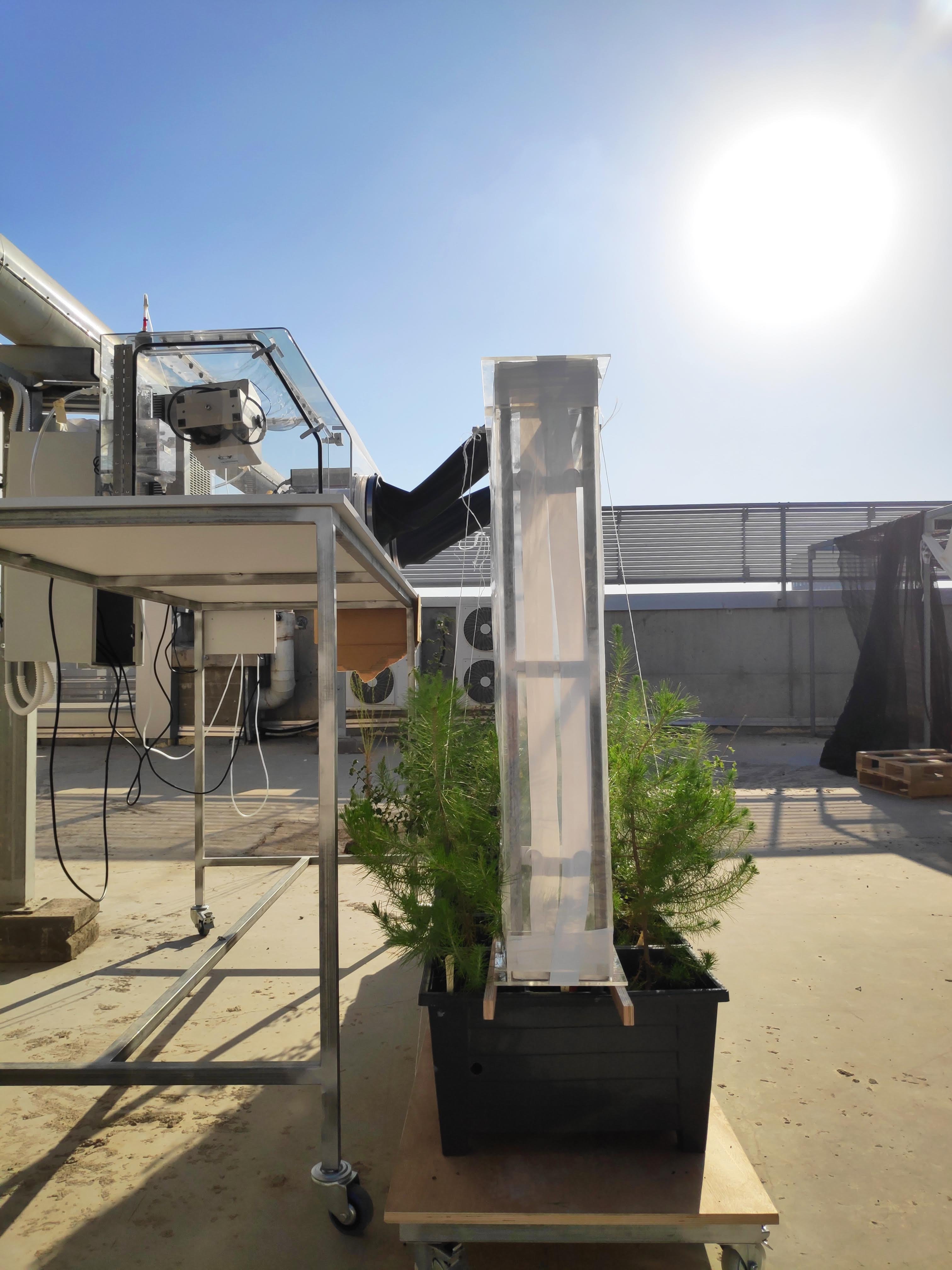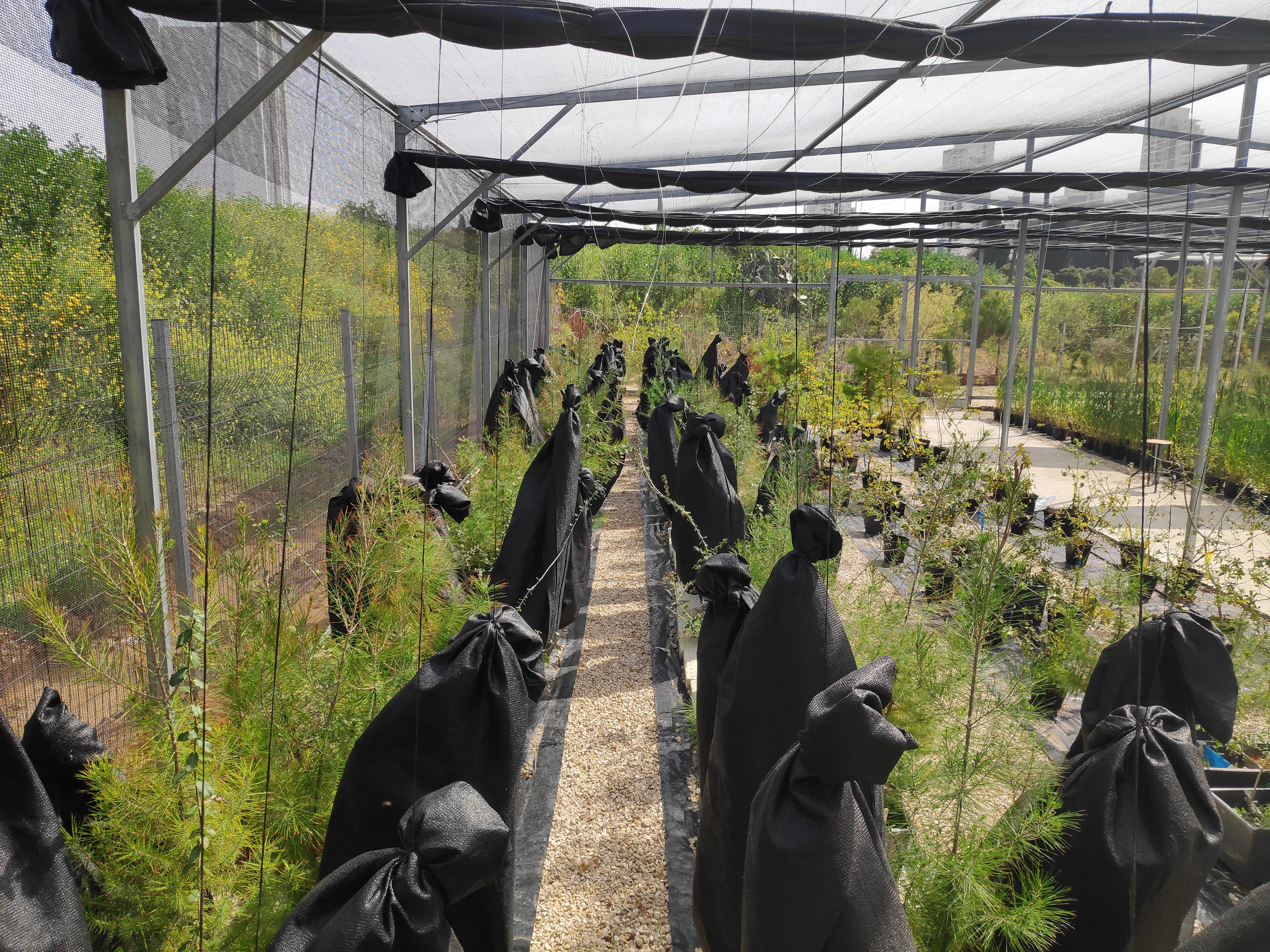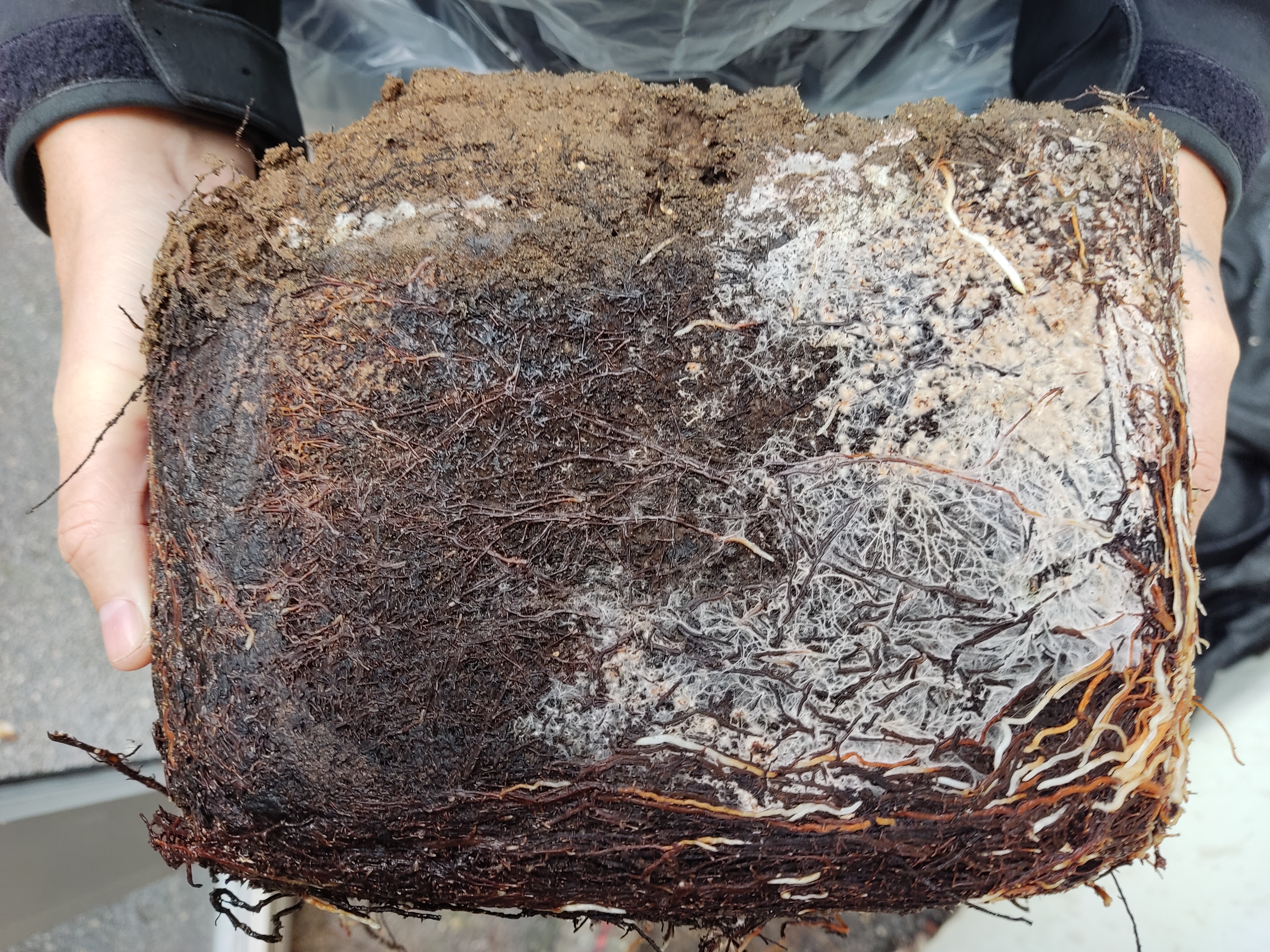A new Israeli study found that precious carbon moves from healthy trees to those in distress - thanks to fungi that grow on their roots
By Yonatan Sher, Angle - Science and Environment News Agency
When we rest under a canopy of leaves that rustle in the wind peacefully and enjoy the sights of nature and the shelter of the shade, it is easy to forget that every forest is actually a war zone - where life and death are determined by the resources the tree wins.
However, in a new Israeli study it was revealed that in the soil there is a whole system of relief between trees, in which the weak receive assistance through their roots from the strong trees - and all under the auspices of a network of fungi, which live with the trees and maintain full cooperation with them. The exciting new discovery changes the way scientists understand the interaction between trees in forests, and also carries an educational message about the benefits that an entire society gains from helping those in need.
Trees need fungi need trees
To understand how fungi connect different trees, and why they have an interest in doing so, one must first understand the nature of the relationship between fungi and a single tree. "Trees are naturally found in symbiosis (relationships between different species that live together, Y.S.) with a group of fungi called Mycorrhiza", explains Dr. Setu Livna-Lauzon from Dr. Tamir Klein's tree laboratory at the Weizmann Institute. "The fungus needs the roots of the trees to live, because the tree is its main carbon supplier, and carbon is the tradable currency in the forest - the trees fix it from the atmosphere as part of the photosynthesis process, and then they transfer it to creatures that live in the soil through the roots. In return, the tree benefits from the fungus nutrients and minerals such as nitrogen or phosphorus, which the fungus knows how to extract from the ground and the tree does not know how to produce by itself." In fact, Livna-Luzon says that according to Previous research As she estimated, Jerusalem pine trees, for example, are unable to grow more than a few centimeters tall without the presence and cooperation of the mycorrhiza.
In the first phase of the new study, which will soon be published in the scientific journal ISME from Nature, and which was conducted under the leadership of Livna-Lauzon together with Rotem Kahanovitch, with the support of the European Union Research Council and the involvement of the National Fund for Israel (which donated the seedlings used in the experiment), the role of the fungi will be examined in carbon sharing between trees. Bprevious researches It was found that carbon can be absorbed from the atmosphere by one tree and transferred to a nearby tree through the soil - but the exact way in which this happened was not demonstrated.
In the new study, the researchers built a system that includes three trees - a central tree and two trees located on its sides. Between the first tree and one of the side trees they placed a net that does not allow contact between the roots, but does allow a network of mushrooms to connect them - while the second side tree was completely separated from the other two by a partition placed under the ground. After that, the researchers built a transparent box around the central tree, into which they flowed carbon dioxide gas with carbon-13 (which is different from the common carbon in the air - carbon-12), whose presence in the tree can be detected using a special device. "We found the presence of the special carbon also in the neighboring tree that was connected to it through mycorrhiza," says Livna-Lauzon. "The main innovation is that we identified which mycorrhizal species transfer carbon between trees and increase connectivity in the soil - and which species do not."

In the experiment, the researchers used seedlings of the Jerusalem pine and common oak, the two most common trees in the Israeli grove (donated as mentioned by KKL-Junk). Contrary to what one might have expected, the differences between tree species had no effect on the amount of carbon that the trees transferred to each other through the fungi: the amount of carbon that the oaks transferred to each other was similar to the one that the pines transferred to each other, and carbon was also transferred from pine to oak (and vice versa).
"Robin Hood" of the trees
It is hard to imagine what could be the interest of one tree to donate resources to its competitor - another tree. Therefore, in the next phase of the experiment, which has not yet been published, the researchers turned to check - who does the process actually contribute to?
Even at this stage, the researchers used the same configuration of three trees, which includes one side tree that is connected by mushrooms to a central tree and a second side tree that is not connected to it, when this time the two side trees were covered - so that they were in the dark. "We could see that the carbon moved from the healthy central tree, which was exposed to light and could therefore carry out photosynthesis, to the side tree, which was starved and unable to fix carbon for itself," explains Livna-Lauzon.

According to the researchers' hypothesis, this "sacrifice" of resources by one tree for another tree is not generosity or nobility of spirit of the tree itself, but an interest of the fungi that connect the trees. "The trees have no reason to cooperate, because it shouldn't benefit them, but they are not the only decision-makers - the fungi connect them," says Livna-Lauzon. "The fungi are the 'Robin Hood' of the forest - they take from the tree that is good and give to the tree that is suffering. In this way, they are investing in the unknown future, because it is possible that in the future one of the trees will fall or be damaged by a lightning strike, and suddenly the tree that is less successful will start providing the fungus with a lot of carbon."
Another hypothesis of the researchers is that the carbon transfer may be a byproduct of the transfer of amino acids (which also contain carbon) from the fungi to the trees.
Either way, the study indicates that inter-tree cooperation mediated by a fungus is also advantageous for the trees themselves - even when none of them are in sun distress. In the last phase of the experiment, where about 80 additional triplets of trees were tested, it was found that according to a variety of indicators, trees that are connected to each other by means of fungi thrive more than trees that do not have such a connection between them.

As a result of the research, are KKL-Junk foresters expected to go around and plant the mushroom spores that were found to be effective links between the roots of Israel's trees in the XNUMXnd tribe, this or the next? "These mushrooms spread on their own and know how to take care of themselves," explains Livna-Lauzon, who notes that natural forest soil was also used in the experiment. "What can be taken from the research is the understanding that the link below the ground is a delicate social game, that if we disrupt it even a little - the plants may not survive. It is important to understand which fungi increase connectivity in the forest, in order to take care of them, and to investigate how they are affected by the rise in global temperatures and direct human actions such as fires, felling or planting of different species."
More of the topic in Hayadan:
